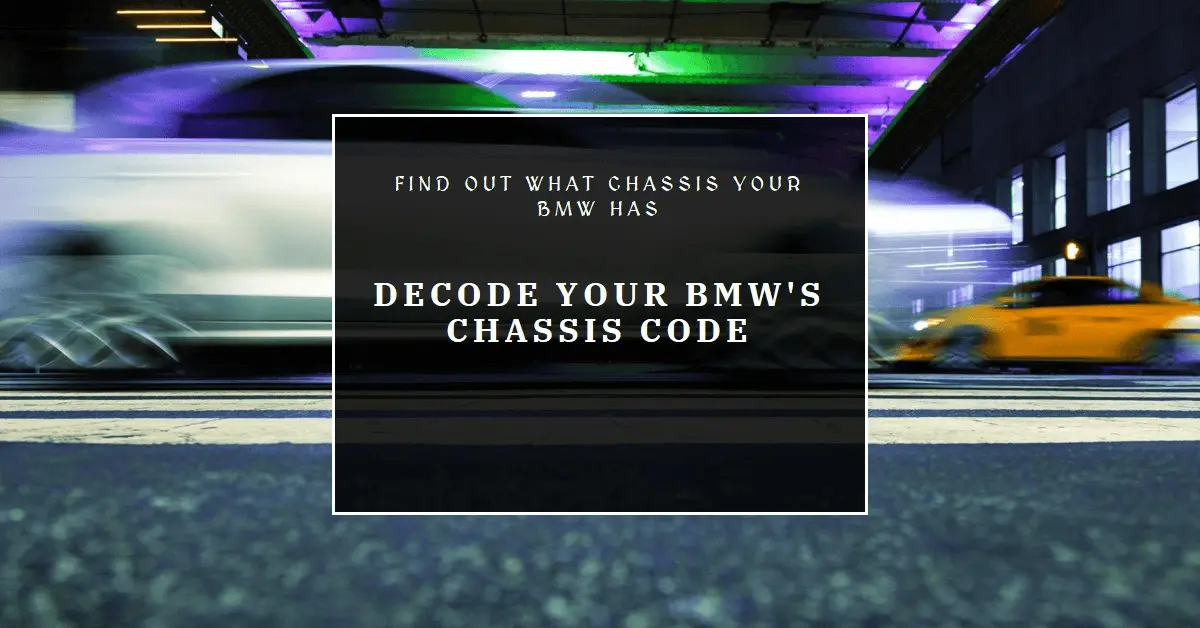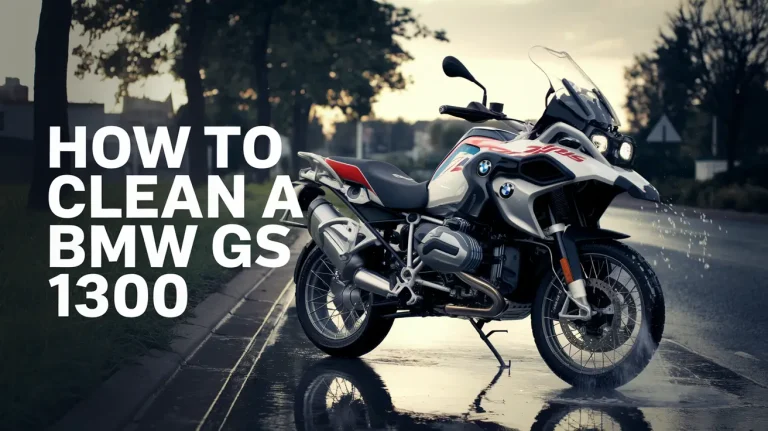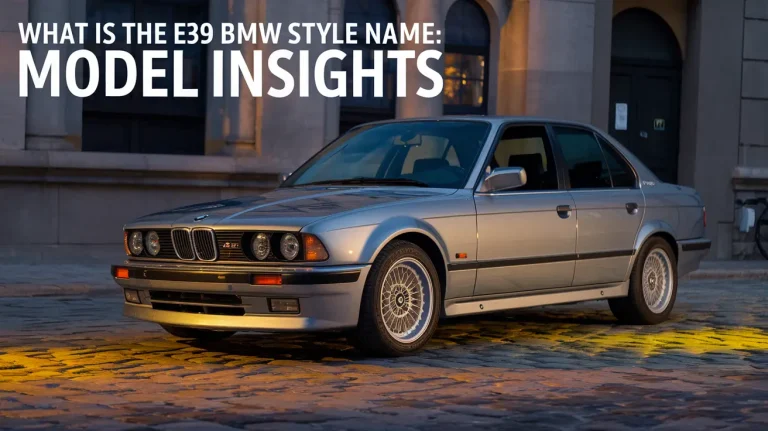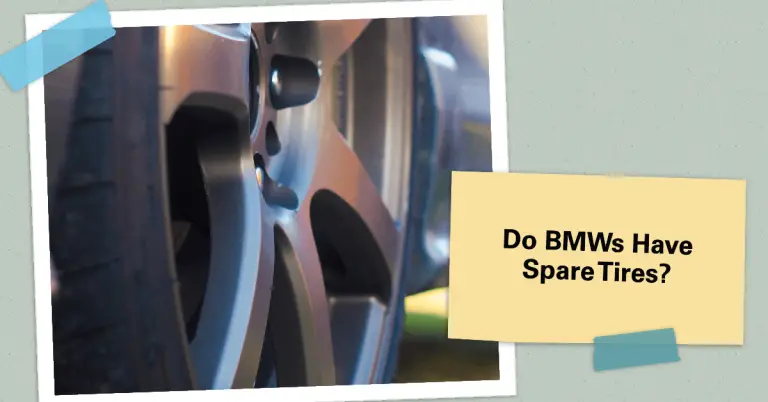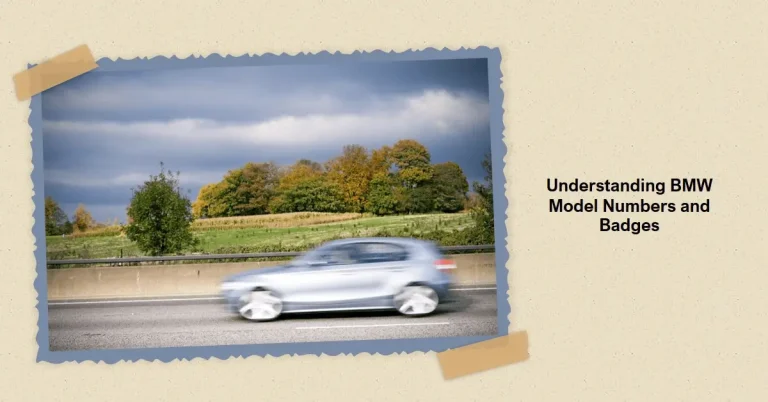What Chassis is My BMW? Decode VINs and Chassis Codes.
Do you ever look at the array of letters and numbers that make up your BMW’s Vehicle Identification Number (VIN) and wonder what they all mean? Those 17 digits can unlock a wealth of information about your specific model if you know where to look.
A key piece nestled within that long string of characters is your BMW chassis code, which indicates exactly what underlying platform and components are used across the engine, body, drivetrain, brakes and suspension. Read on to learn why this matters when maintaining or repairing your vehicle, along with a full guide to decoding BMW chassis codes so you can unlock the secrets of your VIN once and for all.
Use Your VIN to Identify Chassis Codes
The best way to derive a BMW’s chassis code is by inputting the full VIN into a database like RealOEM or bimmercat. Simply locate the code on your vehicle placard or registration and enter it digit-by-digit into one of these resources.
In return you’ll receive detailed information on:
- Chassis code – The backbone identifier for your BMW
- Installed engine – Specs like fuel type, cylinder count, displacement
- Production details – Manufacturing date, location, and unique sequential codes
With just the VIN you can clearly learn what variant of 3 series, 5 series or other BMW model that you’re working with. This ensures ordering the proper parts and fluids for maintenance and repair jobs.
BMW Chassis Codes Decoded by Model Series
BMW assigns a unique chassis code to every vehicle series that rolls off its production lines. These identify the underwater body and platform DNA of the car before any personalization or options are added. Here is the master list of chassis codes matched to model series since the mid-1960s:
1 Series Chassis Codes
- E82 – 128i Coupe / 135i Coupe (2008-2013)
- E88 – 128i Convertible / 135i Convertible (2008-2013)
2 Series Chassis Codes
- F22 – 230i Coupe / M240i Coupe (2014+)
- F23 – 230i Convertible / M240i Convertible (2015+)
- F87 – M2 (2016+), M2 Competition (2019+), M2 CS (2020+)
3 Series Chassis Codes
- E21 – 1975-1983
- E30 – 1982-1991
- E36 – 1991-1999
- E46 – 1998-2006
- E90 Sedan – 2005-2011
- E91 Wagon – 2005-2011
- E92 Coupe – 2006-2013
- E93 Convertible – 2006-2013
- F30 Sedan – 2012-2018
- F31 Wagon – 2012-2018
- F34 Gran Turismo – 2014-2018
- F80 M3 Sedan – 2015+
- G20 Sedan – 2019+
- G80 M3 Sedan – 2021+
And the list goes on through each numerical series plus BMW’s SUV lineup branded as X models:
- X1, X2
- X3, X4, X5, X6
- X7
Z Series & Concept Car Chassis Codes
There are also unique codes for BMW’s Z series roadsters, grand tourers, and even concept cars never meant for production.
So whether you’re working with an 850i Convertible, Z3 Coupe or next-gen hydrogen concept vehicle, every BMW creation receives an individualized chassis code even before assembly begins.
From E Codes to F and G: More Info in Shorter IDs
In BMW’s early history, chassis codes consisted solely of “E” plus a single digit. For example:
- E12 – 1972 5 Series
- E23 – 1977 7 Series
- E30 – 1982 3 Series
But starting in the mid-2000s, the available single-digit codes quickly became occupied. This led to the introduction of updated chassis code formats:
- More prefixes added besides E such as F and G
- Additional digits provide room for more unique codes
- Format evolves to cram more data in fewer characters
So an F30 identifies not just a 3 series, but specifically the 2012-2018 iteration of the venerable sedan. This allows BMW to assign separate codes for coupes, wagons, grand tourers, and other body derivations built off the same essential chassis.
There’s now an F32 4 series coupe and 4 door F36 Gran Coupe spun off from largely the same mechanical DNA. The codes help keep track of an exploding BMW product catalog.
Why Your Chassis Code Matters for Maintenance
Identifying a car’s chassis code aids owners, technicians and BMW itself in a variety of ways:
- Match OEM & aftermarket parts – Each BMW wears uniquely sized brakes, wheels, tires, suspensions based on chassis not just engine or trim. This prevents ordering incorrect components guaranteed not to bolt up.
- Streamline manufacturing & development – BMW efficiently reuses platforms across model variations rather than reinventing the wheel per car. The chassis code system helps organize this.
- Provide repair documentation – Knowing the chassis code allows precisely looking up maintenance procedures and diagrams through resources like BMW’s own TIS system. No guessing which 3 series generation you’re working on.
- Enjoy knowledge as an enthusiast – Piecing together a car’s chassis code, engine designation, and VIN details provides satisfying insight into what makes your Ultimate Driving Machine tick!
So even if you don’t turn your own wrenches, there is benefit as an owner in unlocking the inner workings of your BMW.
Special BMW Chassis Code Exceptions
Given the length of BMW’s history and volume of models produced, there are inevitably exceptions to the coding rulebook:
- Concept cars receive E chassis codes – Despite never intended for production, BMW takes prototype development seriously enough to assign chassis prefixes.
- Codes occasionally overlap across generations – During the launch of next-gen models, the previous generation may live on an extra model year or two with the code sequence temporarily out of sync.
- Short codes used in docs over complete version – You may spot BMW using “N52N” instead of the full “N52B30M0” in technical documents.
So while BMW aims for consistent chassis codes across long product cycles, the system has necessary fluidity to evolve across the decades. Even employees don’t follow every code to the letter.
Related BMW Identifier Code Systems
Beyond the central chassis designation, additional IBM code formats provide supplementary vehicle details:
Engine codes also follow a system starting with letters like M and N to indicate certain technical features related to cylinder count, fuel delivery, and forced induction:
- M20 – 2.0L I6
- N55 – 3.0L I6 twin-scroll single turbo
The CLAR platform is BMW’s latest flexible vehicle architecture allowing components to be mixed and matched. But despite modular similarities, even CLAR-based cars receive individualized chassis codes.
So when ordering parts, checking service diagrams, or simply sleuthing your BMW’s background, be sure to note both codes.
Ready to Break Down Your VIN?
Understanding the various letters and numbers making up your BMW’s Vehicle Identification Number and imprinted body codes will enhance ownership. The specific chassis ID unlocks access to proper parts, maintenance procedures and interesting history about your car.
Besides owner’s manuals, excellent resources to aid the journey include:
- BMW VIN Decoder – Quick digital tool to extract key data fields
- RealOEM – Massive OEM parts diagrams searchable by VIN
- Bimmerforums – Helpful forum community to crowdsource tricky chassis code questions
So don’t let your BMW’s 17-digit VIN be a complete mystery. With a little decoding work, those letters and numbers gains practical meaning to unlock the essence of your Ultimate Driving Machine.

